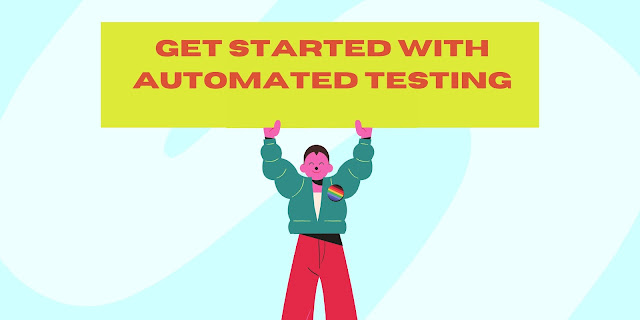What is regression testing?
Regression testing, which is also known as repeated testing, is the process to ensure all the old functionalities still correctly works with the new changes. In other words, handling regression testing is to test an already tested application to find defects as a result of the changes. This is a usual step of any software development process and done by testing specialists. Testers do regression testing by re-executing the tests against the modified application to evaluate whether the revised code breaks anything which was working earlier. The only reason regression testing might not work is that changing or adding new code to a program can easily introduce errors into code that is not intended to be changed.Why should regression testing be automated?
Let’s consider an example and how to perform regression testing in that situation:At the beginning of a project, assuming we have six developers and two testers. The Agile model is set up every two weeks for a Sprint. Everything started.
In the first Sprint, we start with the basic features (e.g., about ten functions), the testers begin designing testing scenarios for testing (e.g. about 100 scenarios). The very first Sprint receives a good rating from customers.
In the second sprint, the developers continue to create new features - about 10, and testers also do things like in the first Sprint - with 100 new scripts plus 100 old scenarios that need to be retested. Well, only 200 scripts, everything is still in control.
In the next Sprint, the developers need to make eight new features and update the two old features due to new customer requirements. At this point, the two testers not only have to design test scripts for the 8 new features but also have to test and update 200 old scenarios. The whole implementation is about 300 scenarios. Did you feel there is something wrong?
Over the next few Sprints, the three developers still meet the number of features and the changing requirements, but with two testers, the number of scripts to create and update are much more. Tiredness begins to spread. The lack of time and the risk of miss bug is higher and higher. Too many problems arise.
Therefore, when regression testing is automated, it enables testers to check into a variety of changes and unusual cases in the production environment. Not all regressions are caused by new features or the consequences of routine bug fixes; database updates or new browser versions can also cause them. Regression can also be an issue with efficiency and speed. Automating those cases which are stable and repeatable allows manual testers to spend more time testing various environments and for merging more complicated cases at a higher level.
And what's more, regression analysis is the key to success. It needs to deal with intelligence rather than hard work.
- Highest Return: Execute tests that contribute to high coverage of the requirements, then any others…
- Quickly Lower Risk: Execute tests for the most critical requirements, then any others…
- Practically Safe: Execute tests for all the critical requirements, then any others…
Especially since often ~20% of the test cases are covering ~80% of the business value


